
- Home
- News
- Analysis
- States
- Perspective
- Videos
- Education
- Entertainment
- Elections
- World Cup 2023
- Features
- Health
- Business
- Series
- Economy Series
- Earth Day
- Kashmir’s Frozen Turbulence
- India@75
- The legend of Ramjanmabhoomi
- Liberalisation@30
- How to tame a dragon
- Celebrating biodiversity
- Farm Matters
- 50 days of solitude
- Bringing Migrants Home
- Budget 2020
- Jharkhand Votes
- The Federal Investigates
- The Federal Impact
- Vanishing Sand
- Gandhi @ 150
- Andhra Today
- Field report
- Operation Gulmarg
- Pandemic @1 Mn in India
- The Federal Year-End
- The Zero Year
- Premium
- Science
- Brand studio
What memoirs by Dalit writers reveal about India’s caste problem

“Dalit houses in the Konkan region were usually not located on the margins of the village but found at its centre, probably as a matter of convenience for the upper castes, who could summon us at any time and wanted us at their beck and call. The community was haunted by a sense of perpetual insecurity, fearing that it could be attacked from all four sides in times of conflict,”...
“Dalit houses in the Konkan region were usually not located on the margins of the village but found at its centre, probably as a matter of convenience for the upper castes, who could summon us at any time and wanted us at their beck and call. The community was haunted by a sense of perpetual insecurity, fearing that it could be attacked from all four sides in times of conflict,” writes award-winning activist and writer Urmila Pawar in The Weave of My Life: A Dalit Woman’s Memoirs, translated from the Marathi by Maya Pandit (Columbia University Press, 2009).
A chronicle — spanning nearly five decades, from India’s independence in 1947 to the end of the century — of three generations of Dalit women struggling to overcome the burden of their caste, Pawar’s memoir takes us through her life — from her childhood in a Maharashtra village to her adulthood in Mumbai. She shares stories of her mother’s hardships, her own school days in Ratnagiri, and later, her experiences as a married woman in Mumbai. In the city, she discovers a feminist community that fuels her passion for activism. Becoming a writer, Pawar uses her voice to advocate for Dalit women’s rights, making her mark in the Dalit literary movement.
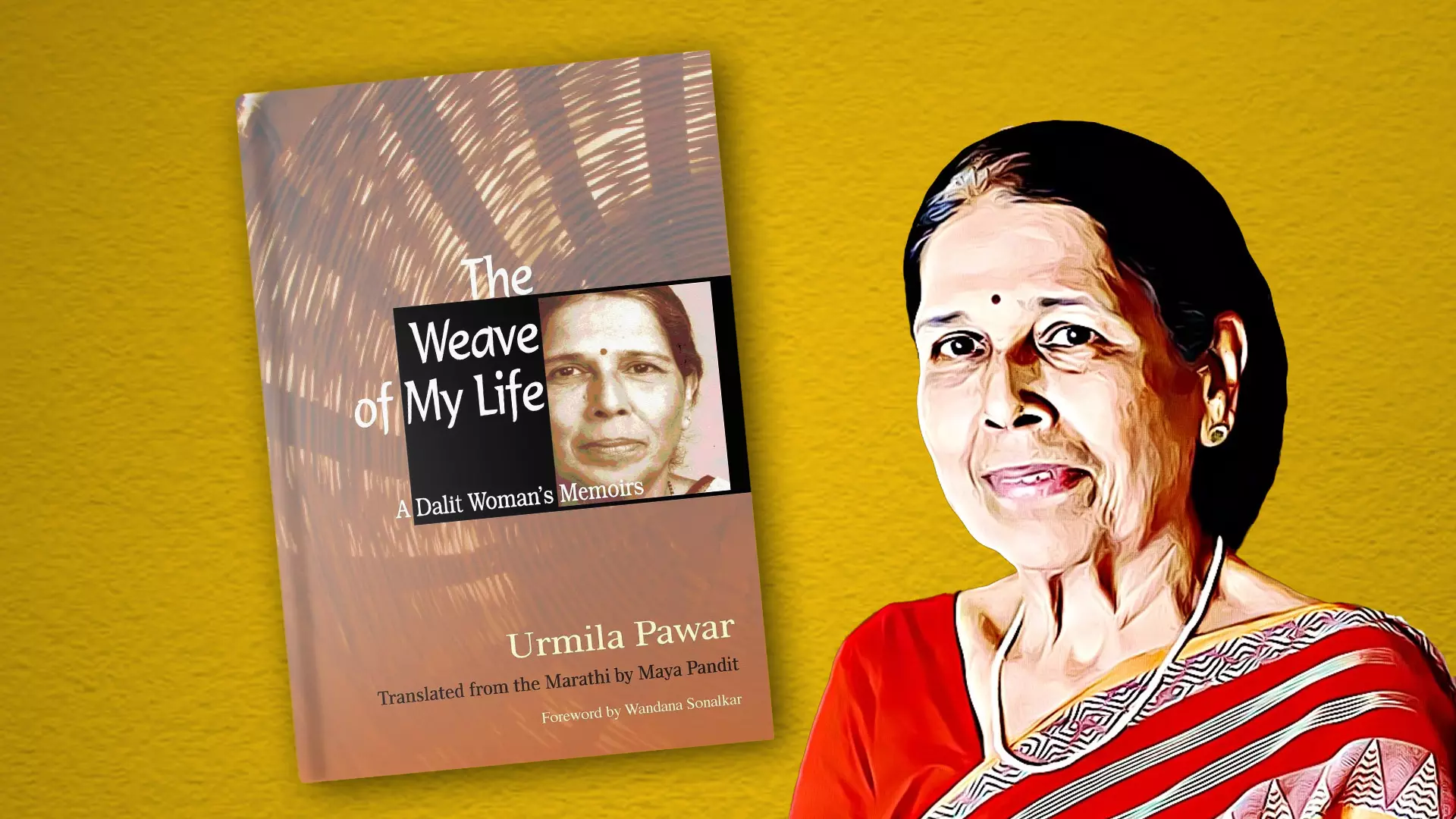
The Weave of My Life captures three generations of Dalit women struggling to overcome the burden of their caste.
At some point in the book, Pawar details the patriarchal oppression of women, both within the Dalit community and along the lines of caste hierarchy. Upper-caste men enjoyed a licence to exploit Dalit women sexually. The temple priest, for instance, sexually abused a young girl from the nomadic Komti community. The original title of Pawar’s memoir was Aaydan, a word from the local dialect spoken in her village that means the cane baskets that her mother wove to sell for additional income for the family; it forms the background of Pawar’s life, and also serves as a metaphor for the writing technique that she adopts. “I find that my mother’s act of weaving and my act of writing are organically linked. The weave is similar. It is the weave of pain, suffering, and agony that links us,” she writes.
It’s this thread of pain and suffering that binds Dalit lives together. The memoirs penned by other Dalit writers in recent years offer similar insights into the complex and entrenched issue of caste in India, foreshadowing the lived experiences, struggles, resistance and resilience of men and women scarred by the caste system. Muzaffarnagar-born Omprakash Valmiki’s Joothan: An Untouchable’s Life, translated from Hindi by Arun Prabha Mukherjee (Columbia University Press, 2008), considered a milestone in Dalit literature, offers a searing account of life as an untouchable in post-independence India. The metaphor of joothan or scraps of food symbolises the indignity and deprivation inflicted upon Dalits, and the humiliation and grinding poverty endured by the community. Valmiki writes poignantly about the social exclusion faced by Dalits, previously branded as untouchables, even in the wake of legal abolition of untouchability.
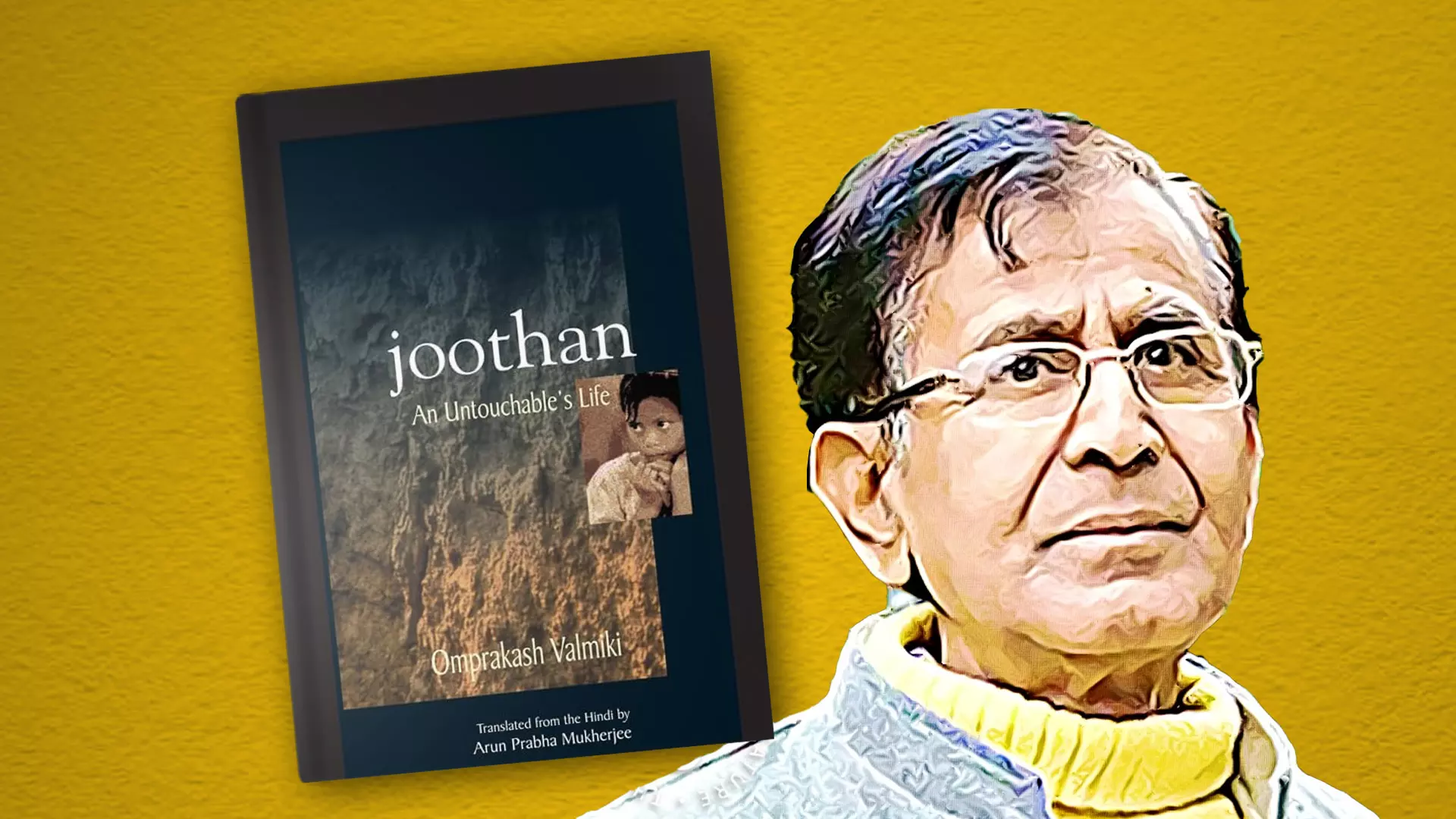
The metaphor of joothan in the eponymous book written by Omprakash Valmiki symbolises the indignity and deprivation inflicted upon Dalits.
One of the most fascinating memoirs by a Dalit writer in recent years is Sujatha Gidla’s Ants Among Elephants: An Untouchable Family and the Making of Modern India (HarperCollins, 2017). For Gidla, her life was her caste, and her caste was her life till she migrated to the US at the age of 26. “Whether they (others) know the truth or not, your untouchable life is never something you can talk about. It was like this for me in Punjab, in Delhi, in Bombay, in Bangalore, in Madras, in Warangal, in Kanpur, in Calcutta,” she writes early on in her memoir. It was only in the US, where people know only skin colour, not birth status, that she realised that her stories or her family’s stories were not “stories of shame”.
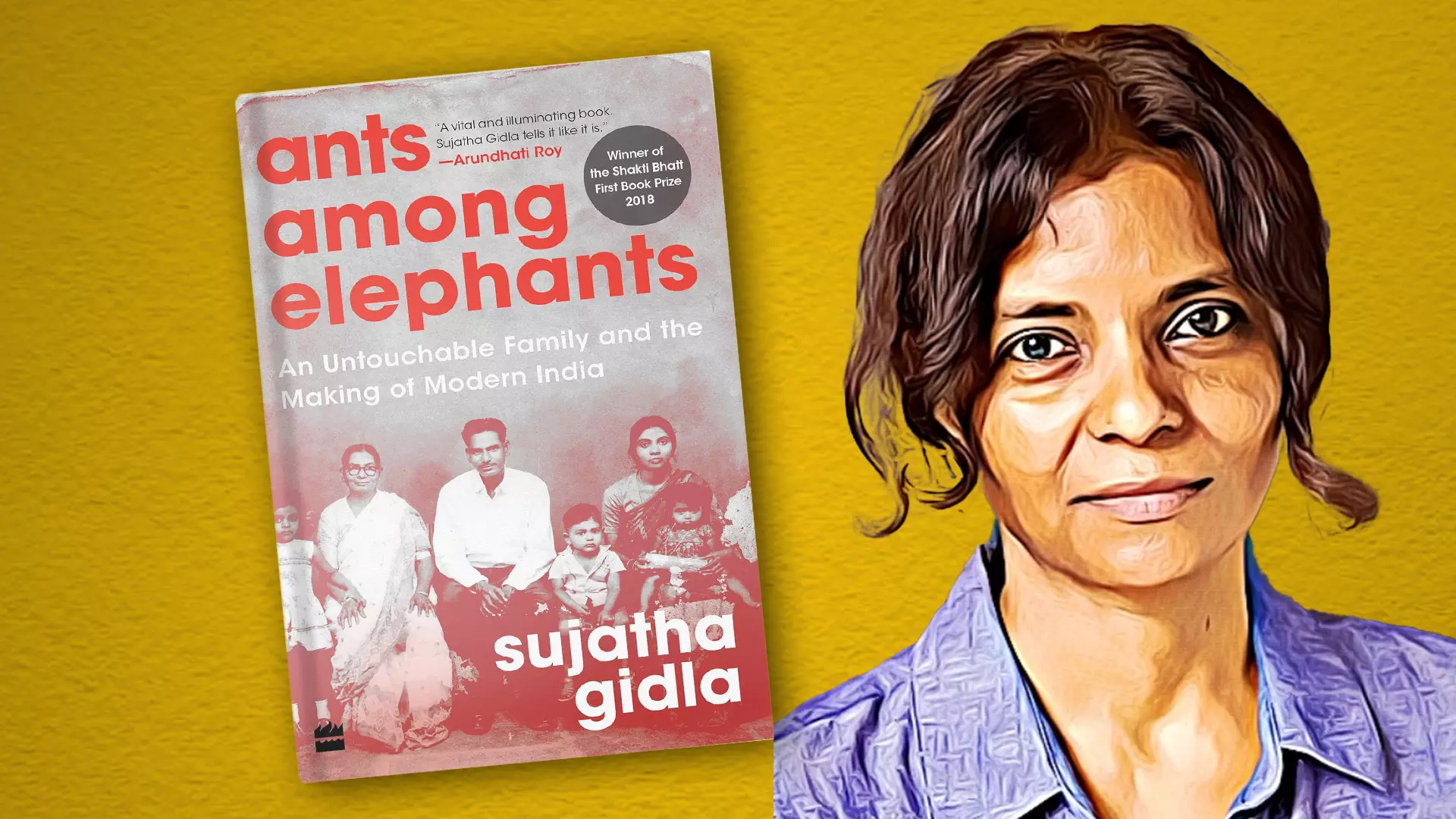
For Ants Among Elephants: An Untouchable Family and the Making of Modern India writer Sujatha Gidla, her life was her caste, and her caste was her life.
In Caste Matters (Penguin, 2009), transnational Dalit rights activist Suraj Yengde critiques the caste hierarchy, dismantles the myths around it, and exposes the insidious manifestations of caste-based discrimination in contemporary India. Yengde’s story, told through personal anecdotes and scholarly analysis, lays bare the structural inequalities perpetuated by Brahminical hegemony, while also dwelling on the internal fissures within the Dalit community. Through his impassioned call to arms, Yengde advocates for Dalit empowerment and solidarity as prerequisites for bringing to an end the oppressive edifice of caste.
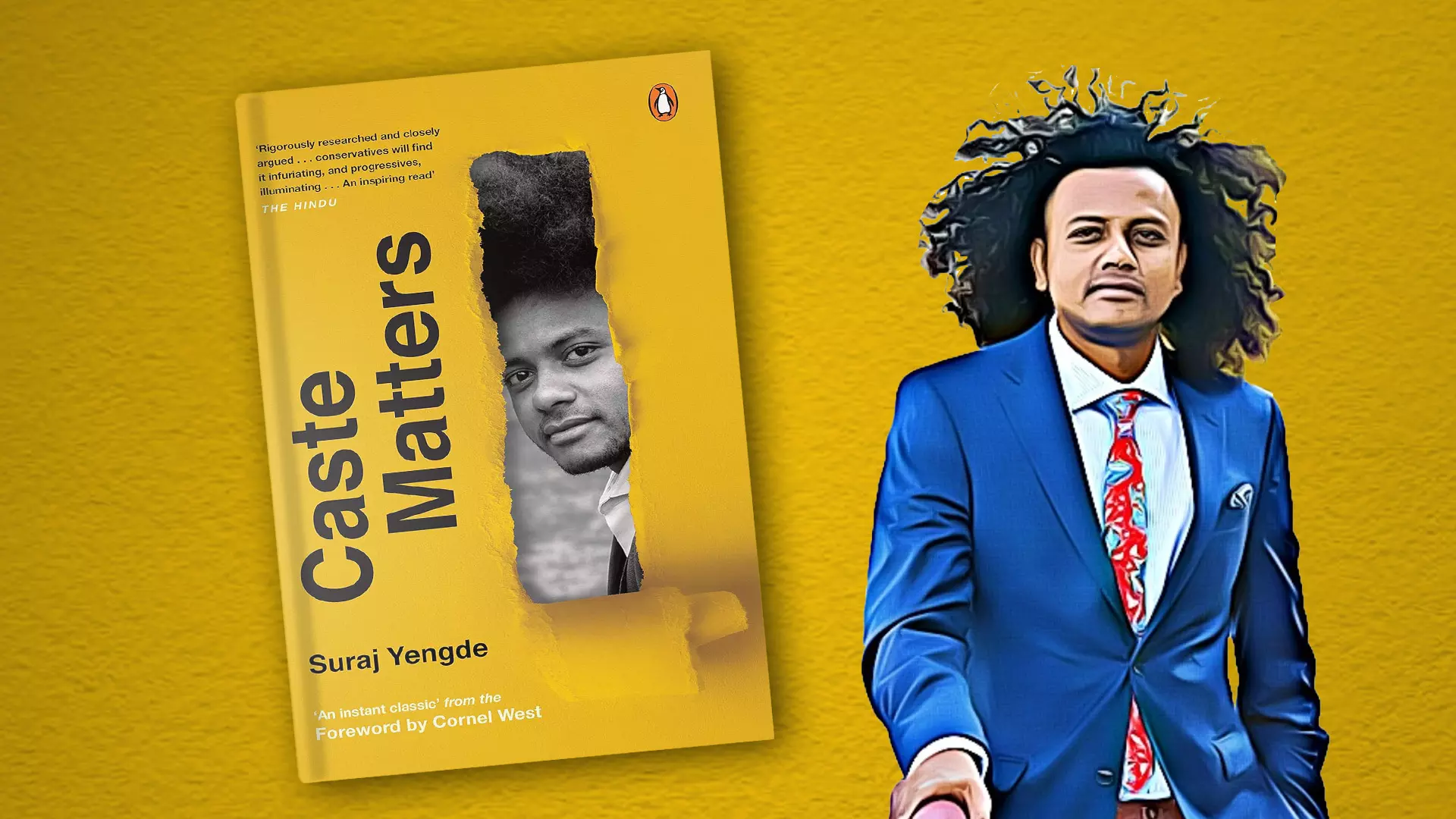
In Caste Matters, transnational Dalit rights activist Suraj Yengde exposes the insidious manifestations of caste-based discrimination in contemporary India.
“In India, casteism touches 1.35 billion people. It affects 1 billion people. It affects 800 million people badly. It enslaves the human dignity of 500 million people. It is a measure of destruction, pillage, drudgery, servitude, bondage, unaccounted rape, massacre, arson, incarceration, police brutality and loss of moral virtuosity for 300 million Indian Untouchables,” writes Yengde in the Introduction. In a moving passage he writes: “I live in a world that is Brahmin and Brahminical. Everywhere I turn my head, I see Brahmins and Brahminical segments in positions of power, undeterred and unwilling to acknowledge their status of privilege that nurtures the unaccountability of their actions. In every field, be it culture, commerce, art, religion, politics or knowledge, I see a Brahmin plotting to make my life look unworthy every day. I am not a human, I am a Dalit. I am not a colleague; I am a Dalit. I am not a friend; I am a Dalit. I am not a co-maker of the moment; I am a Dalit. A Brahmin lives to exclude Dalits from his life. Whether in celebrations or in everyday life, the Dalit has to be kept at bay so that the Brahmin can truly exercise his Brahminness.”
Yashica Dutt’s deeply personal reckoning with her caste identity, Coming Out as Dalit (Aleph, 2019) was inspired by the tragic suicide of Rohith Vemula, the PhD scholar at the University of Hyderabad, in 2016. Dutt grapples with the guilt of denial and the imperative of reclaiming her Dalit heritage. She confronts the pervasive injustices of caste-based discrimination and makes a solid case for the greater visibility and representation of Dalit voices.
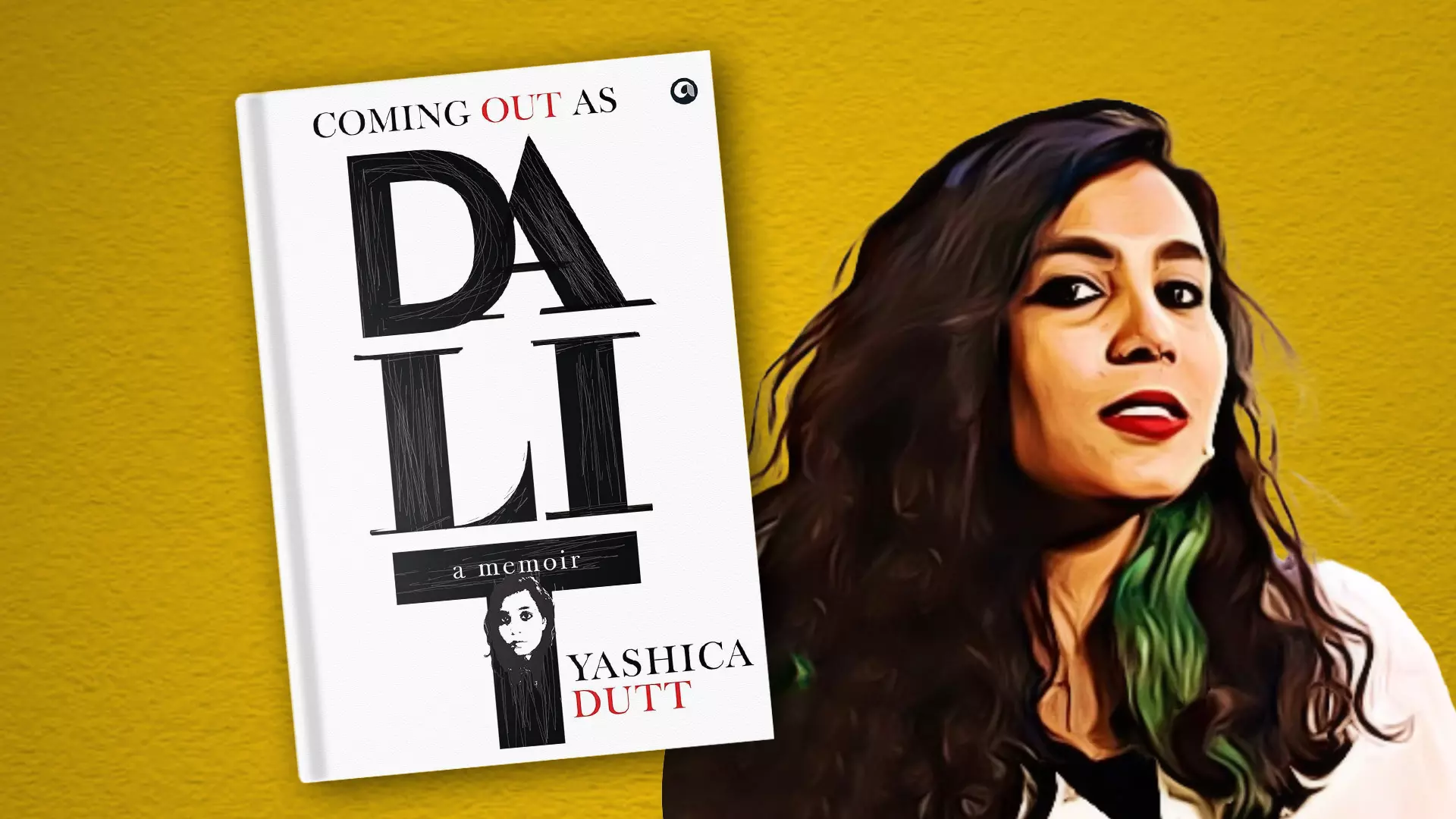
Dalit encapsulates Yashica Dutt's personal reckoning with her caste identity.
In his memoir, How I Became a Writer, translated from Bengali by Anurima Chanda (Sage, 2022), Manoranjan Byapari writes about his writerly journey from the margins of society to literary stardom; his — like Dalit writers before and after him — is a classic case of a marginalised artist using the power of storytelling as a tool of emancipation. Through his passion for writing, he was able to transcend the constraints of caste to assert his agency, and voice; having found new readers through translation, he has become a favourite of the literary festival and prize circuit. Now a leader of the Trinamool Congress, he represents the Balagarh Assembly Constituency of West Bengal.
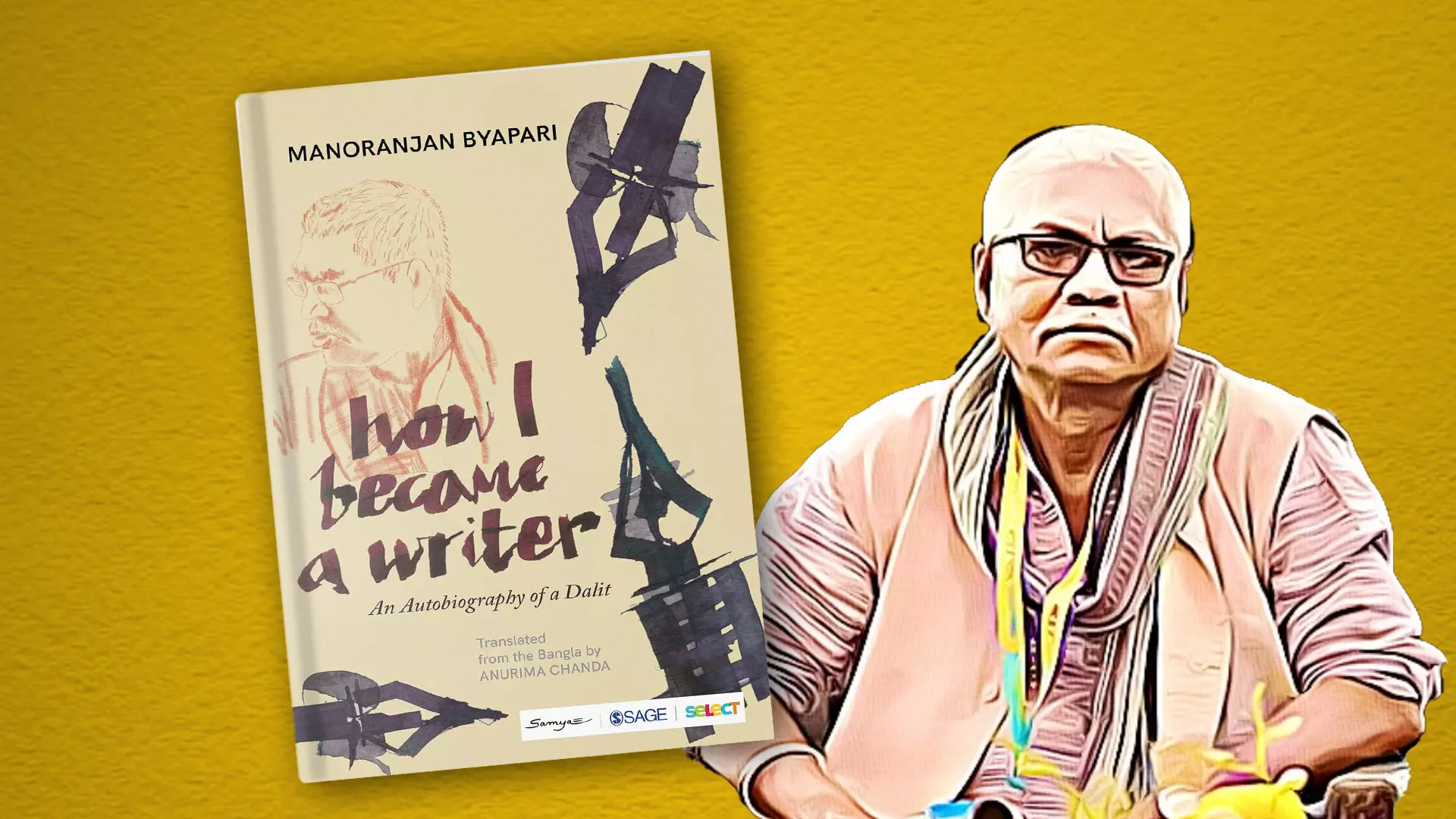
In How I Became a Writer, Anurima Chanda writes about his writerly journey from the margins of society to literary stardom.
In yet another memoir by a writer-political-public policy expert, Untouchables: My Family’s Triumphant Journey Out of the Caste System in Modern India (Scribner, 2005), Narendra Jadhav tells the story of his father’s rebellion against caste system and his fight for the future of his children, how the family braved hunger, cruel humiliations, and abuse.
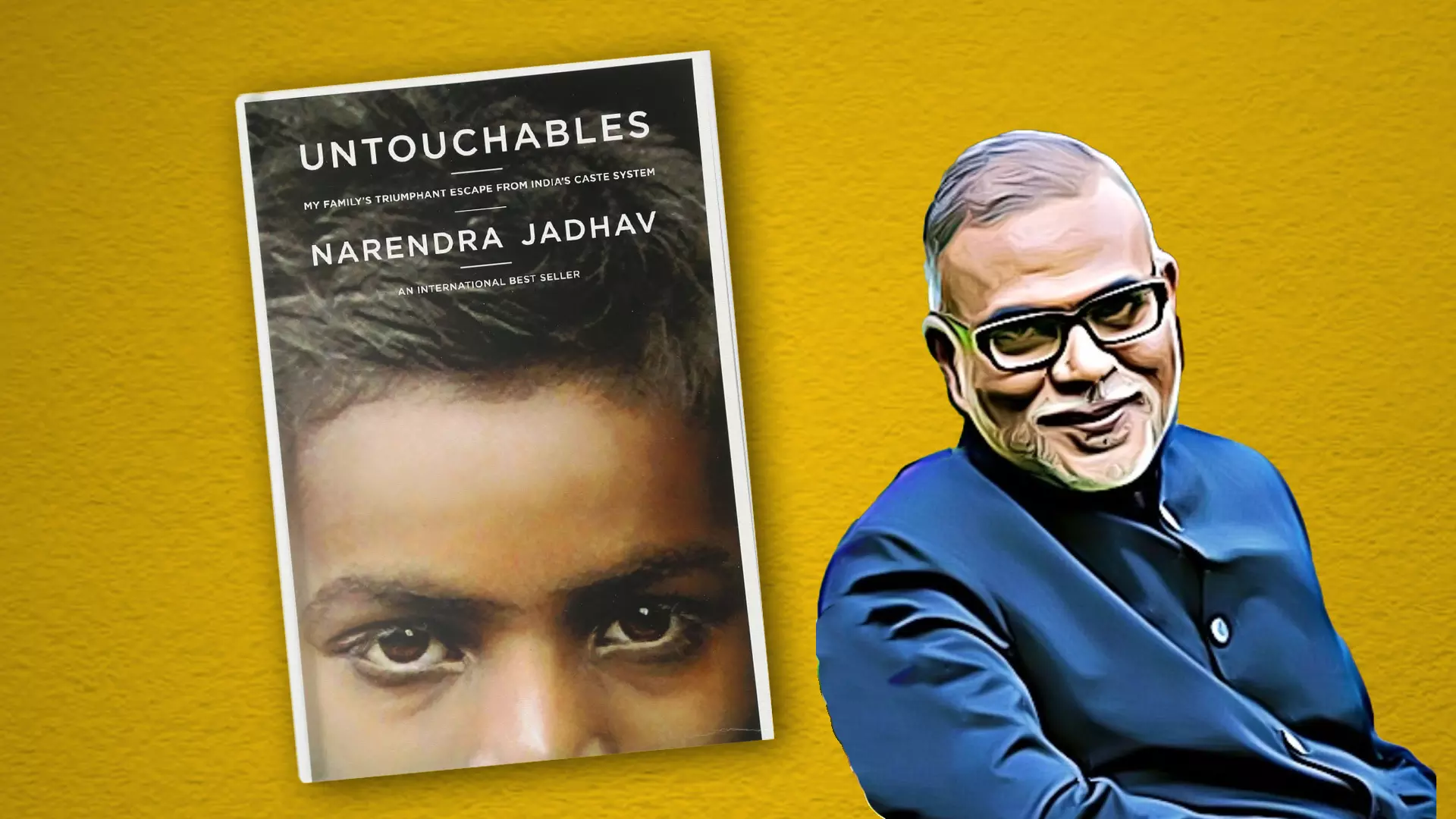
Untouchables: My Family’s Triumphant Journey Out of the Caste System in Modern India, written by Narendra Jadhav, tells the story of his father’s rebellion against caste system.
Yogesh Maitreya’s Water in a Broken Pot: A Memoir (Penguin, 2023) is a hauntingly honest portrayal of life as a Dalit in modern India. Maitreya grew up in a Dalit basti of Mahar-Buddhists in Nagpur (where Dr Babasaheb Ambedkar publicly embraced Buddhism) called Takli Sim, which stands on ‘settlement land’. Like all Dalit writers, Maitreya, too, meditates on his identity.
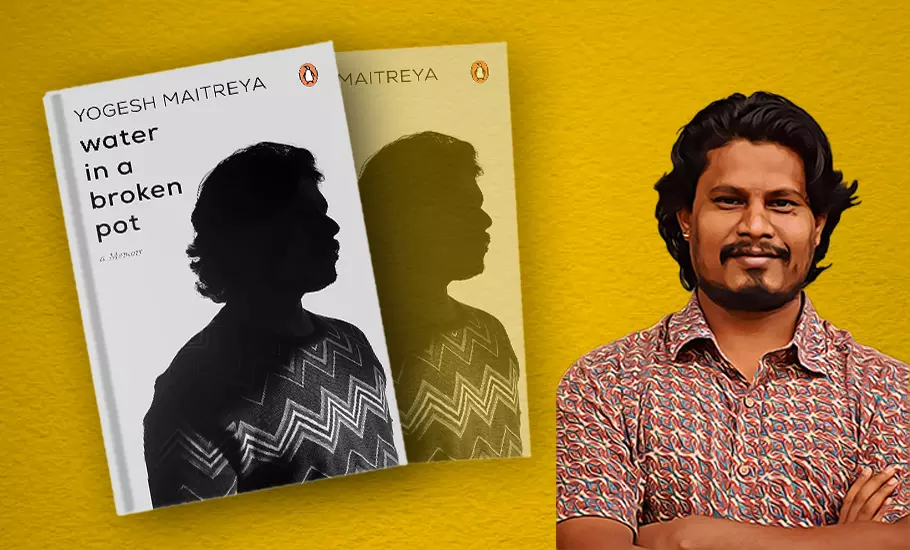
Yogesh Maitreya’s Water in a Broken Pot: A Memoir is a hauntingly honest portrayal of life as a Dalit in modern India.
“To me, a Dalit is a person whose identity is shaped by untouchability, practised against him by society. He is untouched in all spheres of life in India. He is untouched in imagination as well. And when you don’t exist for the society, except when serving it as its slave because you need to survive, you become a repository of colossal dilemmas, inferiorities, paradoxes and volcanic substances in their embryonic state,” he writes, adding that a Dalit person’s liberation lies in “overcoming these dilemmas, inferiorities, paradores and eventually erupts like a volcano, careless and free”.
“For a Dalit person, breaking free is an act of challenging the casteist conscience of this nation which has hitherto shaped them. Their arrival at themselves is ruthlessly met with the scorn of this society. Only a few among us become capable enough to acquire this state of liberation. Most of us, before reaching the state of liberation, are consumed by the consumption of commodities produced by a Brahminical-capitalist system. But these ‘most’ too have a story. This may not be the story of victory, but a story of their struggle,” he writes, underlining that his story isn’t about a dream, but its murder — it’s a story of silence and the violence it carries.

